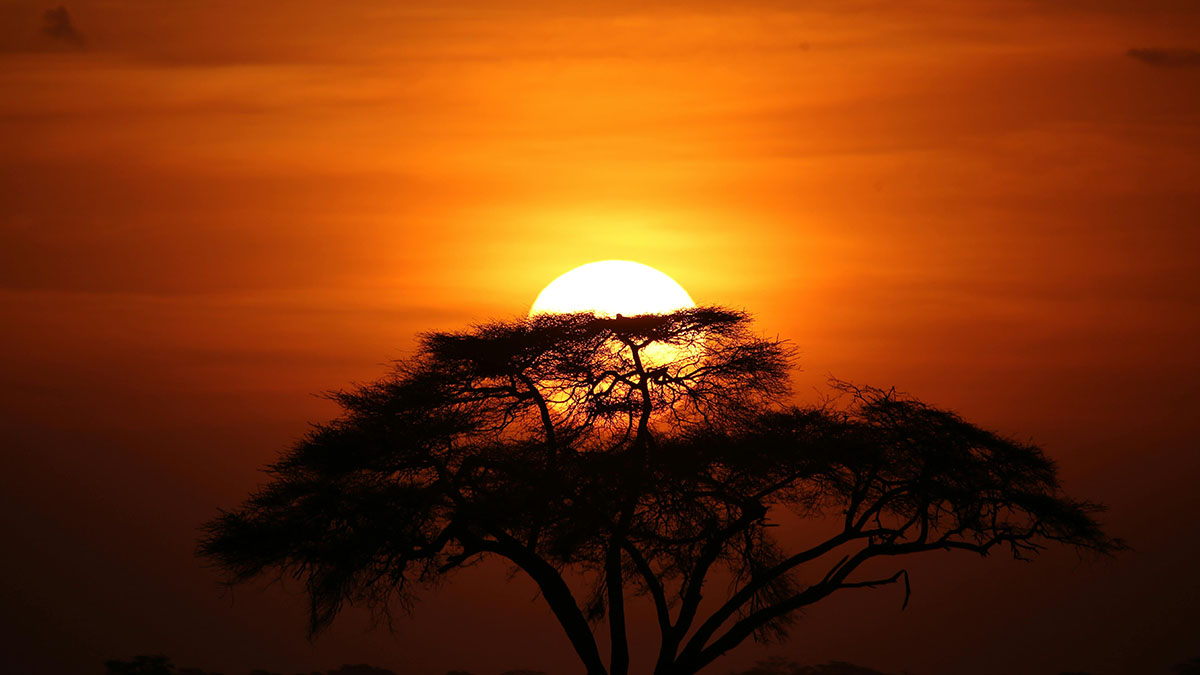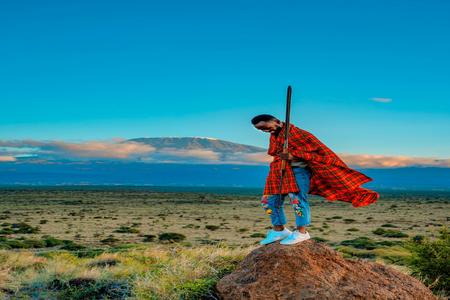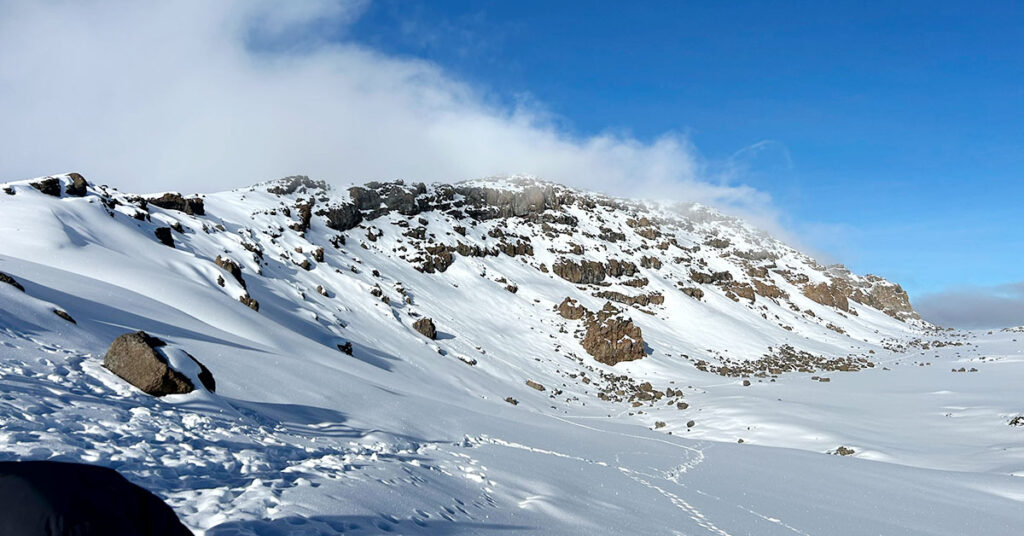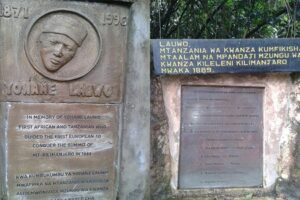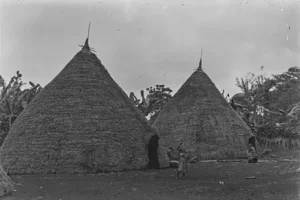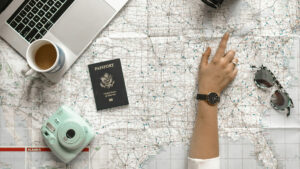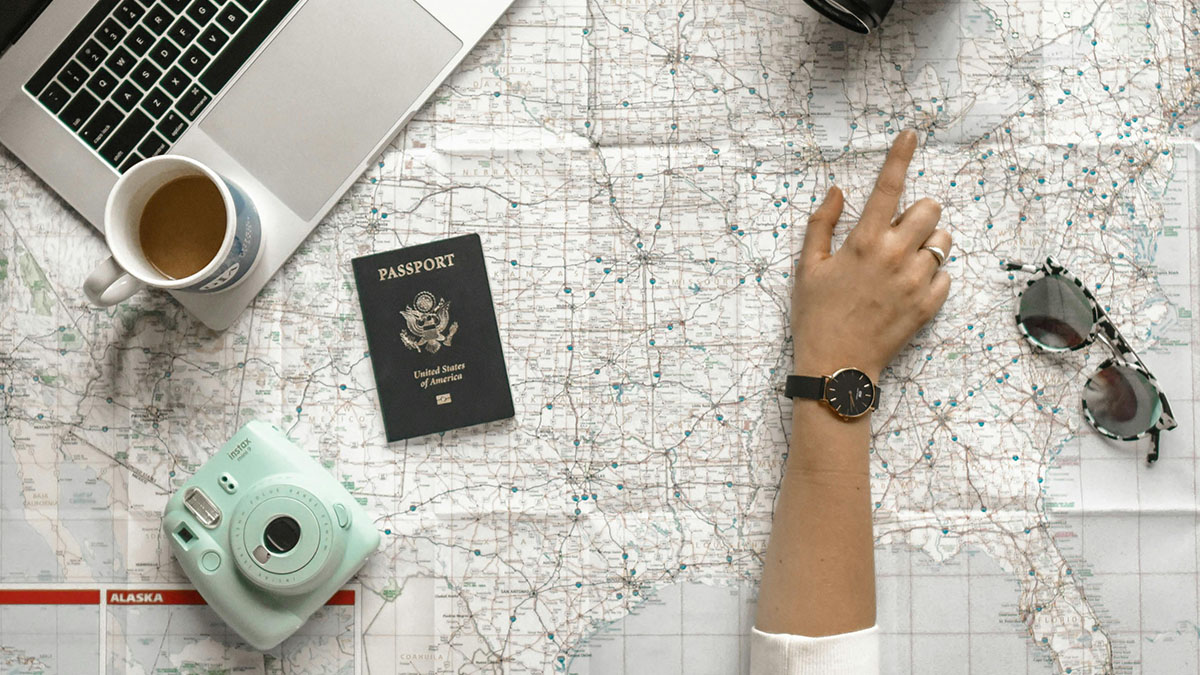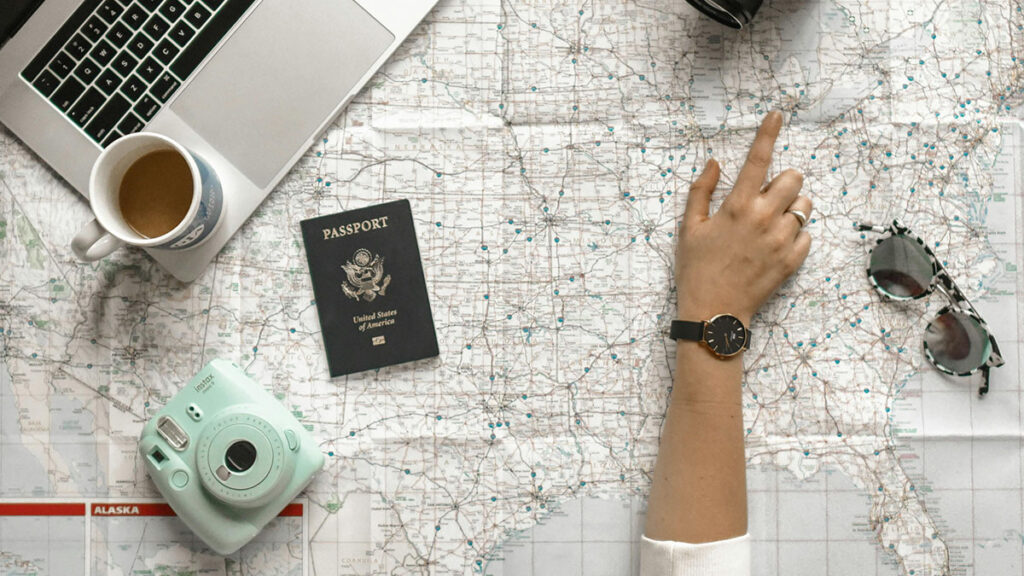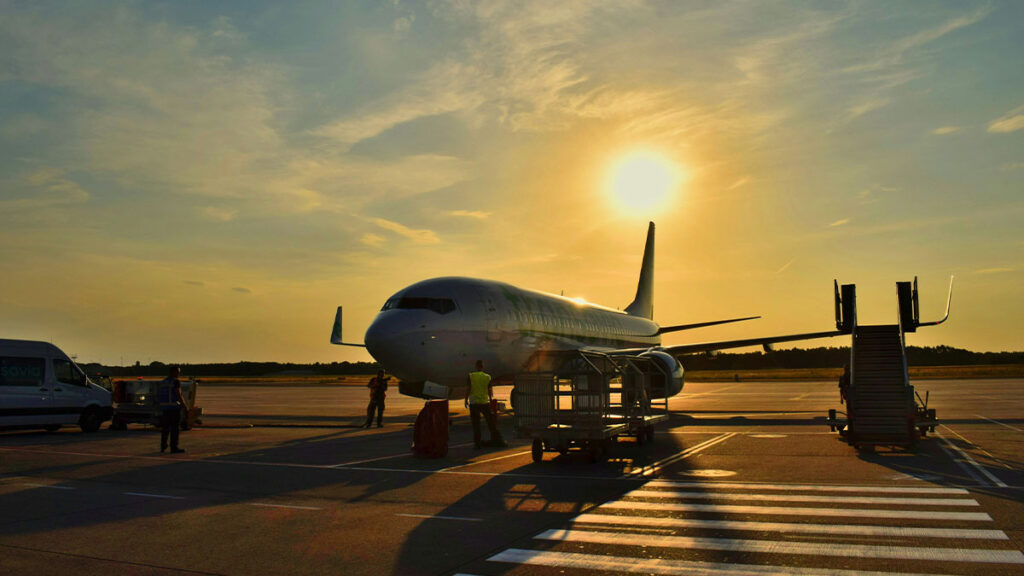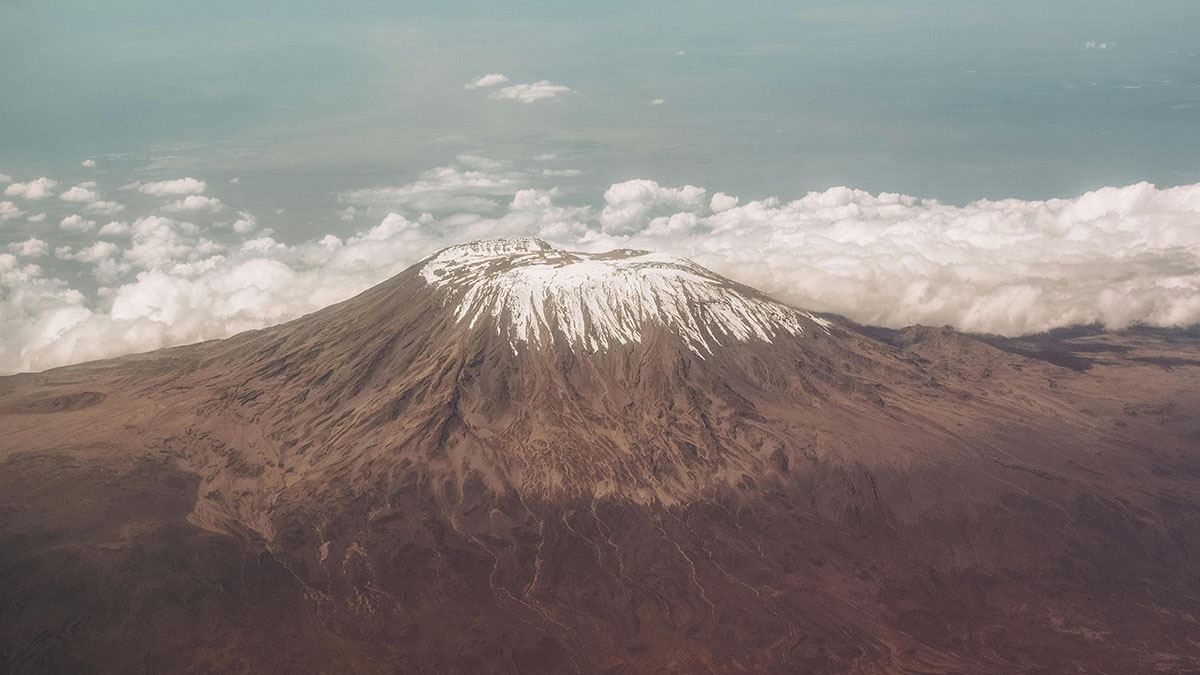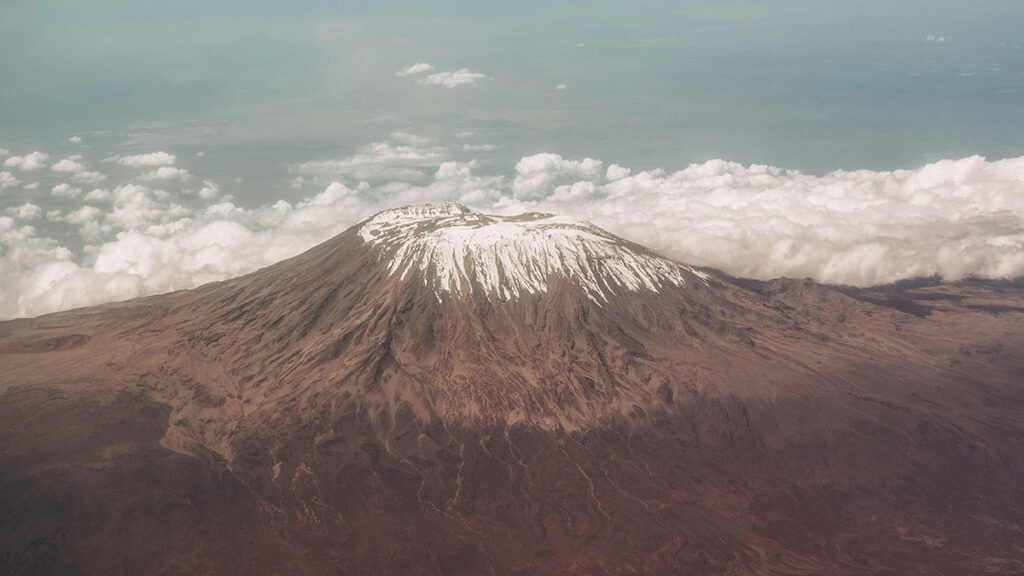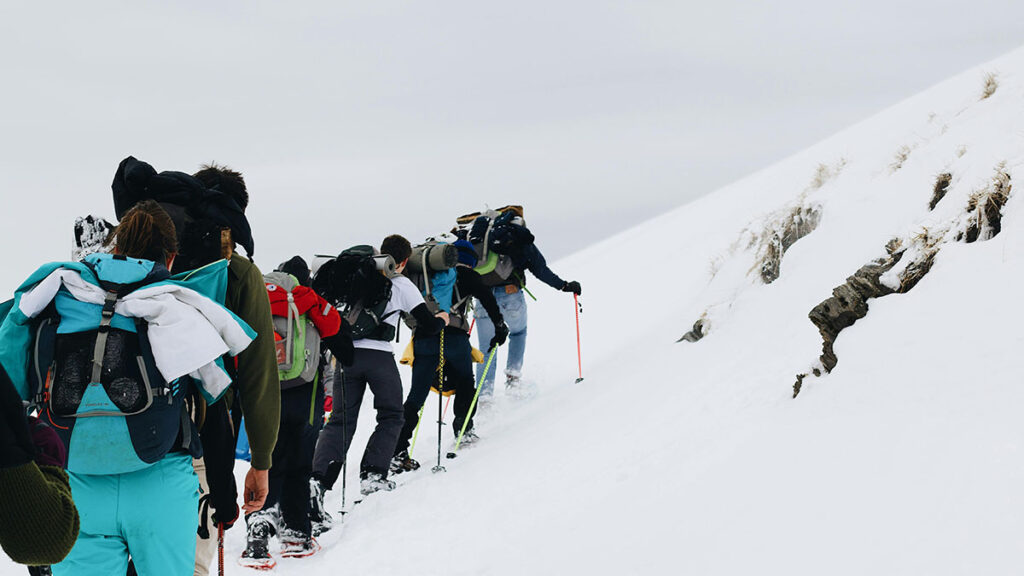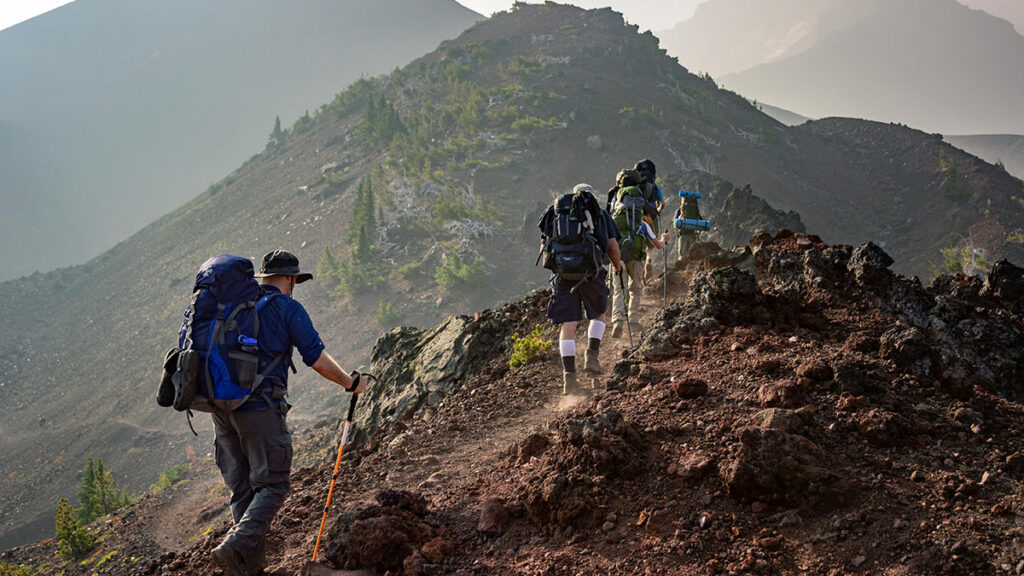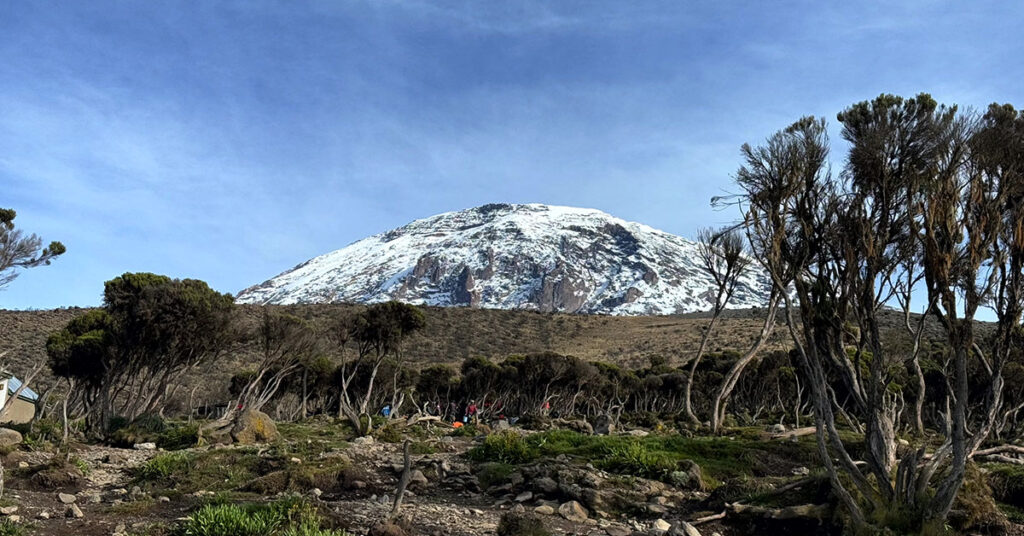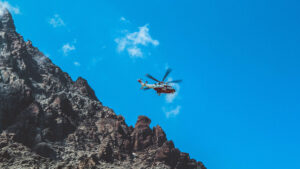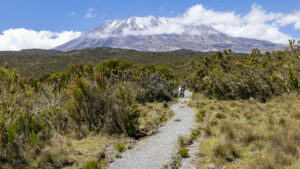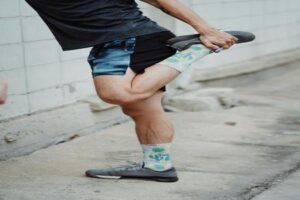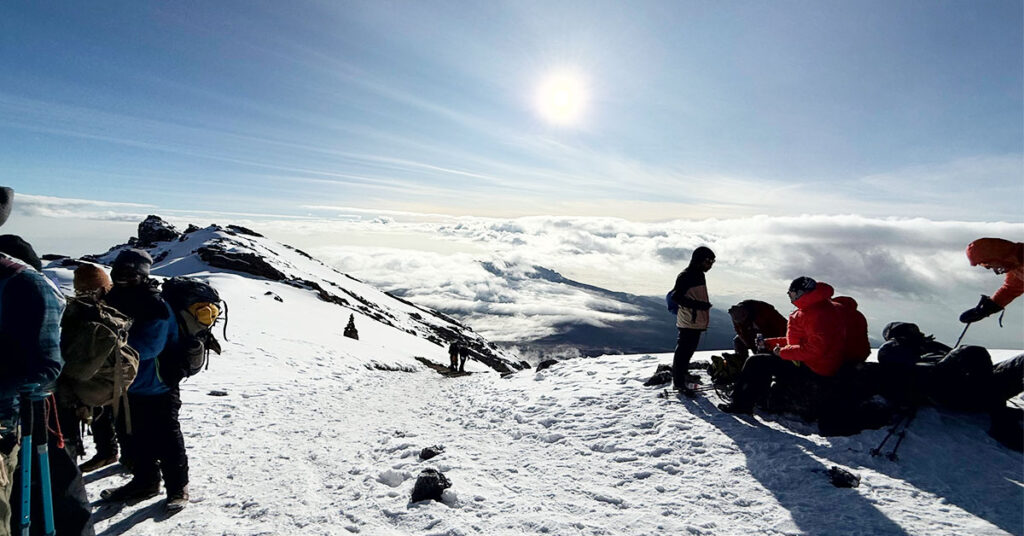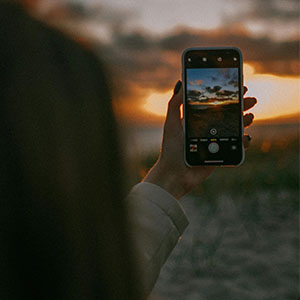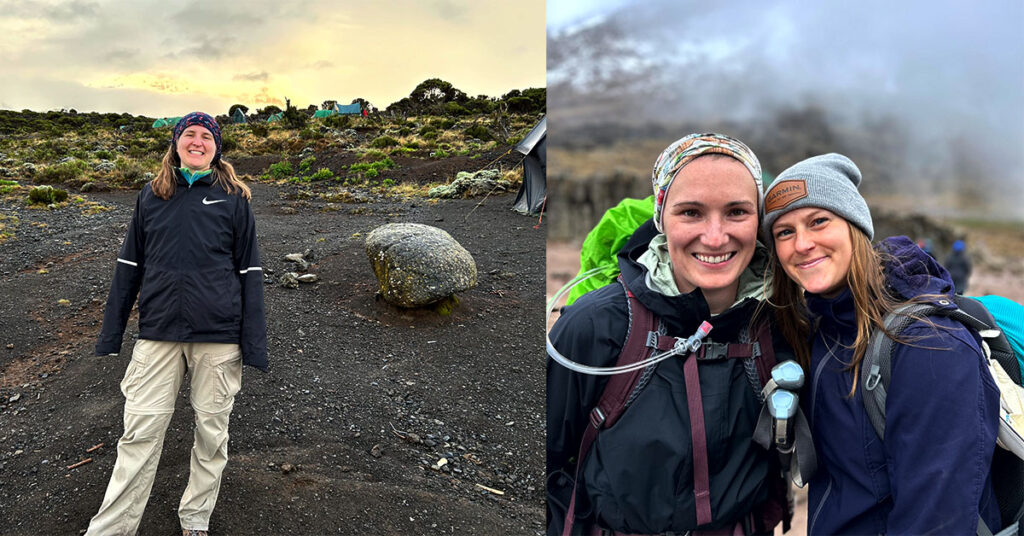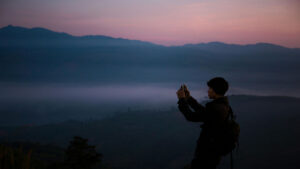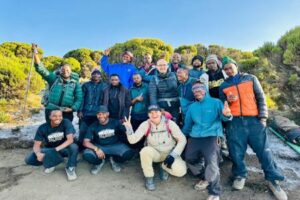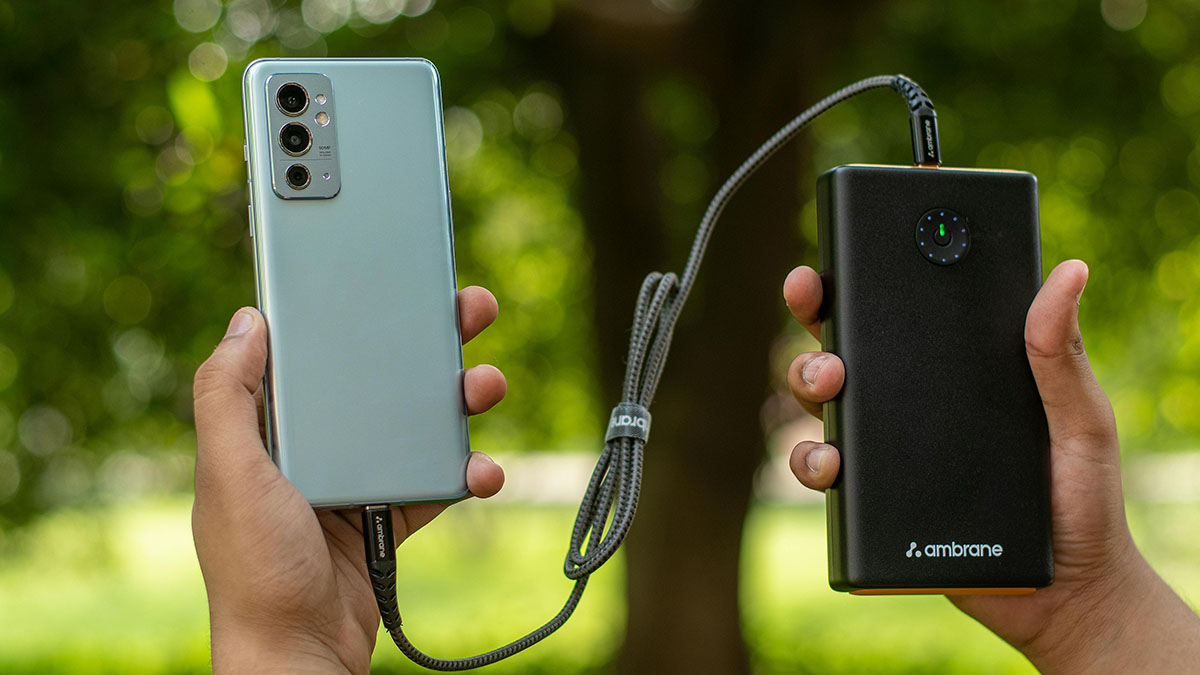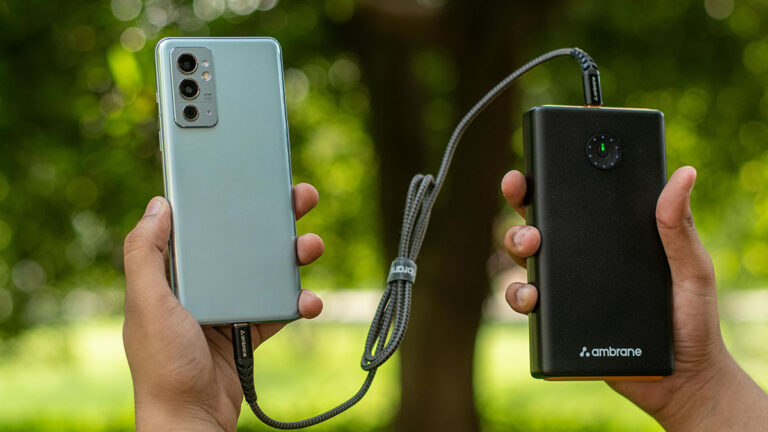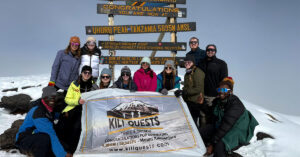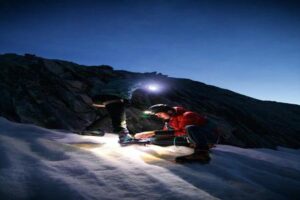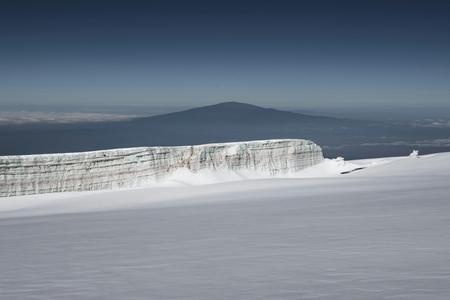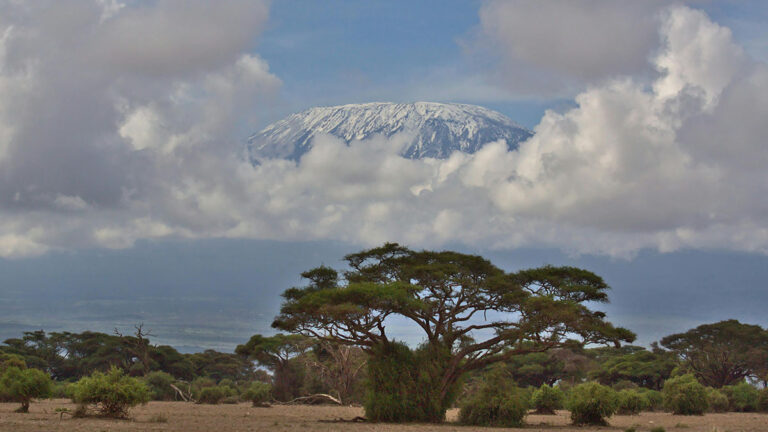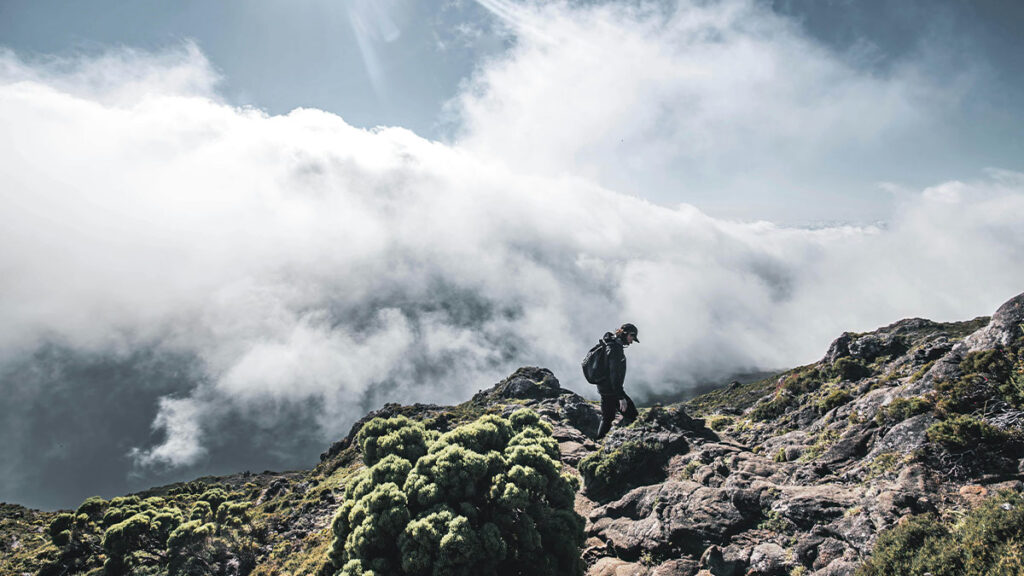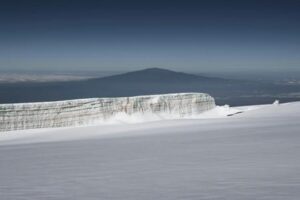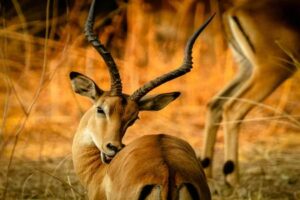Table of Contents
10 Tips for an Unforgettable Safari with Kili Quests | Tanzania Travel Guide
A Tanzania safari is more than just a vacation — it’s a life-changing adventure through the wild heart of Africa. With vast savannahs, the Big Five, and stunning sunsets, the experience can feel like a dream come true.
To help you make the most of it, here are 10 essential safari tips from the expert guides at Kili Quests.
Safari Package – See what’s included in our guided safari tours — from transport to accommodations.

Choose the Right Time for Your Safari
Timing matters. The dry season (June to October) is best for wildlife sightings, while the green season (November to April) offers lush scenery and fewer crowds.
- Dry season = easier animal spotting
- Wet season = beautiful landscapes and birding opportunities
Top Safari Adventures – “Discover the best destinations for big game, birdlife, and landscapes.”
Pack Light but Smart
Overpacking is a common mistake. Pack only essentials — focus on neutral-colored clothing, good shoes, and key gear.
Must-pack items:
- Wide-brimmed hat
- Sunglasses and sunscreen
- Lightweight long-sleeves
- Camera
- Insect repellent
Wear the Right Safari Clothing
Safaris can be hot by day and chilly in the early morning.
Dress for success:
- Neutral tones like beige, khaki, and olive
- Breathable, moisture-wicking fabrics
- Layers for early morning or evening game drives
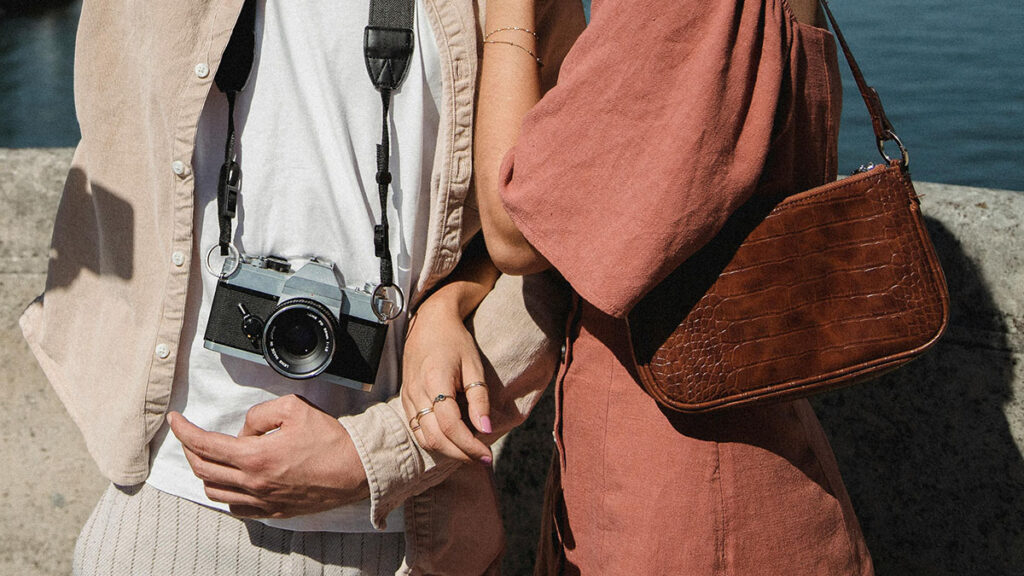
Prepare for Dust and Sun
Open vehicles = exposure to the elements.
Be ready for:
- Dusty roads
- Strong sun during midday
- Wind while driving
Tip: Always carry a scarf or buff, and stay hydrated. Kili Quests provides water and shaded breaks during every safari.
Bring a High-Quality Camera
Capture unforgettable moments like a lion’s yawn or a giraffe at sunrise. For best results, bring a camera with a zoom lens.
But don’t forget to:
- Put the camera down sometimes
- Soak in the moment with your own eyes
Our guides know the best angles and wildlife hotspots for perfect photos.
Respect Wildlife and Local Culture
You’re visiting the animals’ home — and the communities that protect them.
- Always follow your guide’s instructions
- Keep a safe distance
- Don’t feed or call animals
- Respect cultural customs when visiting villages
Kili Quests promotes ethical tourism and community respect.
Best Time for Safari – Maximize sightings by choosing the best travel seasons for your route.
Stay Hydrated and Energized
Game drives can last hours. The sun and heat can sneak up on you.
Tips:
- Carry a refillable water bottle
- Bring small snacks (nuts, protein bars)
- Eat well before morning drives
We plan frequent breaks and provide refreshments throughout your safari.
Embrace Early Morning Game Drives
Some of the best wildlife sightings happen before 8 a.m. Many animals are active just after sunrise — and the light is magical.
- Be ready to wake up before dawn
- Dress warmly in the mornings
- Enjoy the peacefulness of the African bush
Kili Quests schedules early drives for your best chance at Big Five sightings.
Be Patient and Observant
Not every animal appears instantly. Some take time.
Safari mindset:
- Stay quiet during drives
- Watch and listen — nature will reward you
- Trust your guide’s instincts and knowledge
Our guides know the terrain and can spot wildlife others miss.
Make the Most of Every Moment
Safari is about more than the Big Five.
- Enjoy birds, trees, tracks, and sunsets
- Ask your guide questions
- Soak in the atmosphere — it’s unlike anything else
The best memories often come from unexpected moments.
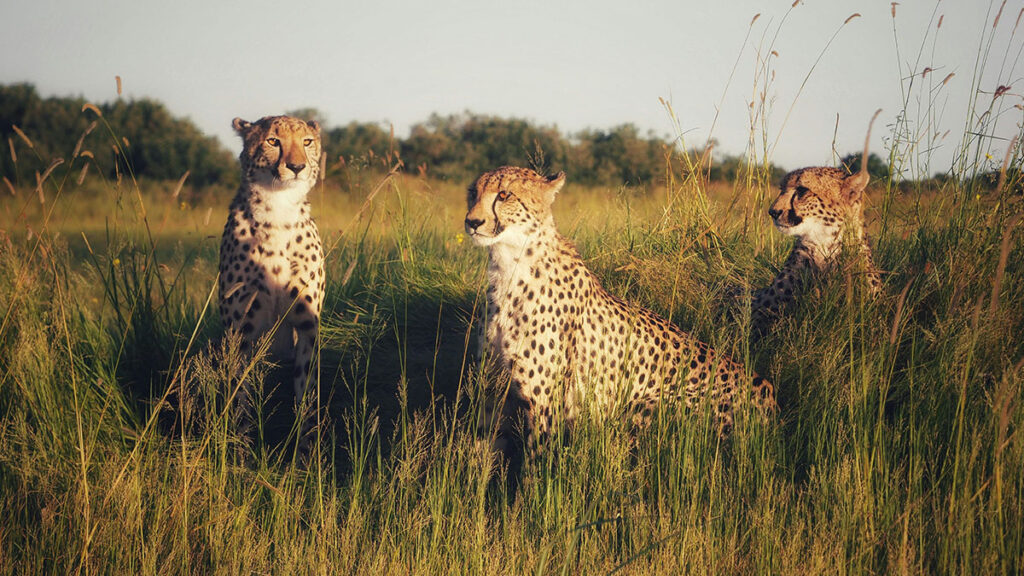
Your Safari, Your Story
A safari with Kili Quests is more than just a tour — it’s a deep dive into the rhythms of nature and a chance to connect with Tanzania’s wildlife, people, and landscapes.
Ready for the Adventure of a Lifetime?
Book your safari with Kili Quests today.Let us guide you through unforgettable wildlife encounters and breathtaking scenery — all with comfort, safety, and authenticity.
Related Articles

Tanzania Safari Advice:10 Things You Must Know Before You Go
April 9, 2025
No Comments
Table of Contents 10 Tips for an Unforgettable Safari with Kili Quests | Tanzania Travel Guide A Tanzania safari is more than just a
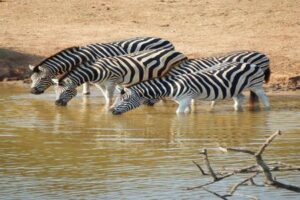
Best Safari Adventures in Tanzania: 2025 Guide
April 15, 2025
No Comments
Table of Contents Embark on an Unforgettable Safari with Kili Quests: Book Your Dream Adventure Today Ready to experience the wild beauty of Tanzania’s
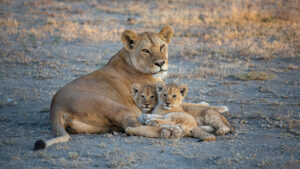
Tanzania Safari Timing: When to See the Big Five
April 15, 2025
No Comments
Table of Contents Best Time for Safari in Tanzania: Seasons Explained | Kili Quests Tanzania is home to world-renowned safari destinations like the Serengeti,


